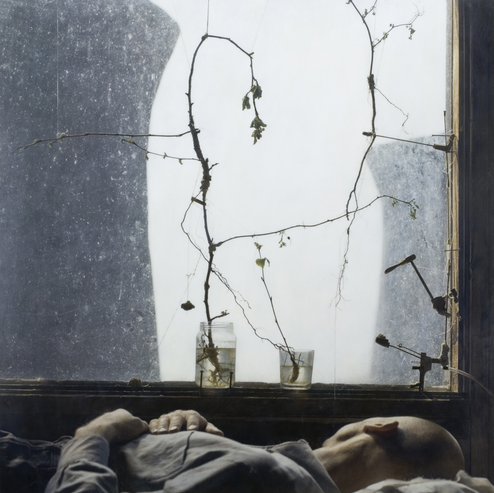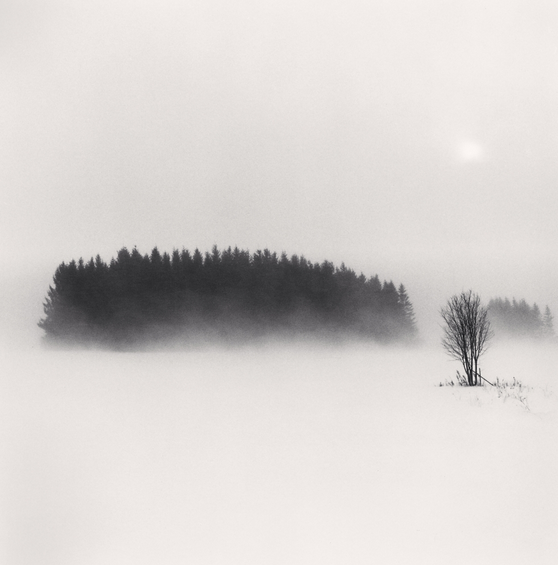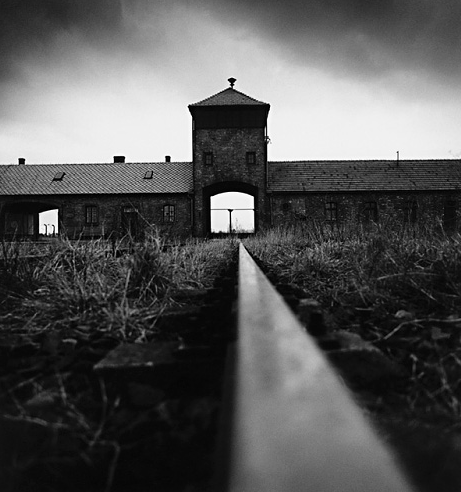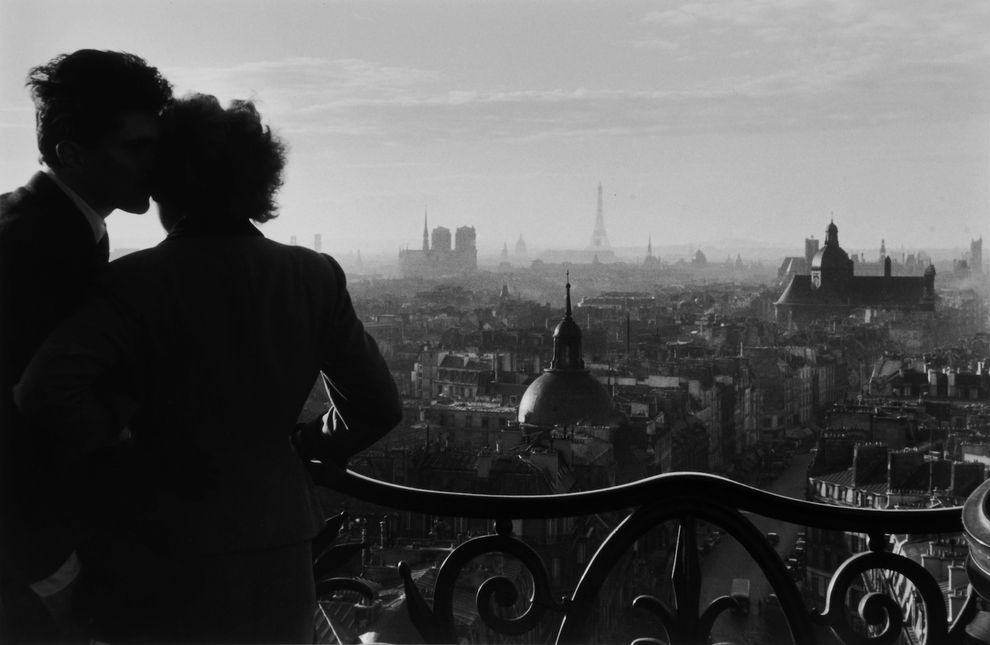
Amoureux de la Colonne Bastille, Paris, 1957
Willy Ronis passed away in 2009, leaving a long, dense catalog of photographs that chronicle France and Paris’ rich history during the twentieth century, particularly the post war years of the 1940s and 1950s.
Born in Paris in 1910, Ronis did not become a full-time photographer until his mid 30s. He was part of the well known Rapho Agency alongside fellow luminaries Brassai and Robert Doisneau. Ronis’s work focuses on the joy and love of day to day life.
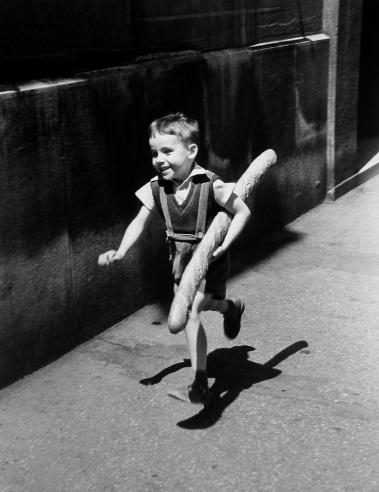
Le Petit Parisien, 1953 | Courtesy: Jackson Fine Art
Ronis’ stature grew in the 1950s as he was part of an exhibit in New York at the MOMA curated by Edward Steichen and a few years later was part of the famed Family of Man exhibition. His works began to enter major collections and throughout his lifetime he was well represented by major galleries around the world.
“Je n’ai jamais poursuivi l’insolite, le jamais vu, l’extraordinaire, mais bien ce qu’il y a de plus typique
dans notre existence quotidienne… ” Willy Ronis
“I have never pursued the unusual, the unseen, the extraordinary, but what is most typical
In our everyday existence … ” Willy Ronis
Ronis is very well known in his native land but never quite achieved the international fame that some of his contemporaries did, perhaps because (ironically) he was too positive in his outlook. This being said, he remains one of my favorite photographers for his ability to capture the everyday and its beauty and maintain a positive outlook in the aftermath of the destruction of World War II.

